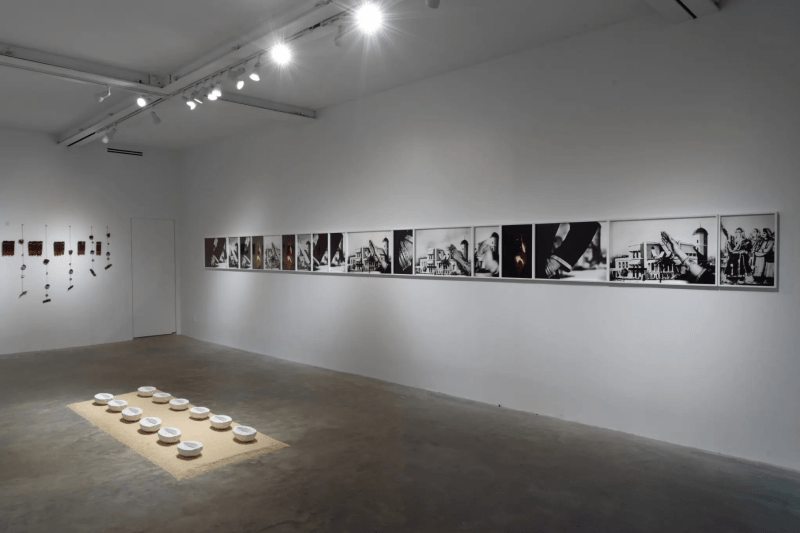
Installation view of Rummana Hussain’s “The Tomb of Begum Hazrat Mahal” (1997)
at the Institute of Arab and Islamic Art.
Credit via Institute of Arab and Islamic Art and Estate of Rummana Hussain/Talwar Gallery
Hussain died of cancer at age 47. (She made trips to New York City for medical treatment.) Her surviving body of work is relatively small and has so far been seen in New York only in fragments, notably in exhibitions at Talwar Gallery, which represents her estate. Given the militantly right-wing, anti-Muslim, anti-female path that India, along with many other nations, including our own, is now following, her art is more pertinent and potent than ever. A museum should step up and give us the full scope.
-HOLLAND COTTER
Institute of Arab and Islamic Art (IAIA)
22 Christopher Street, New York, NY